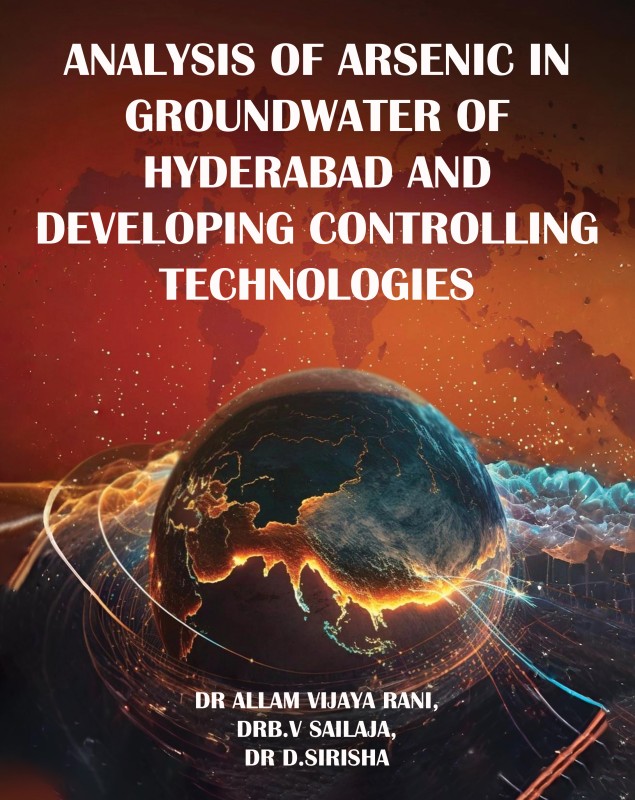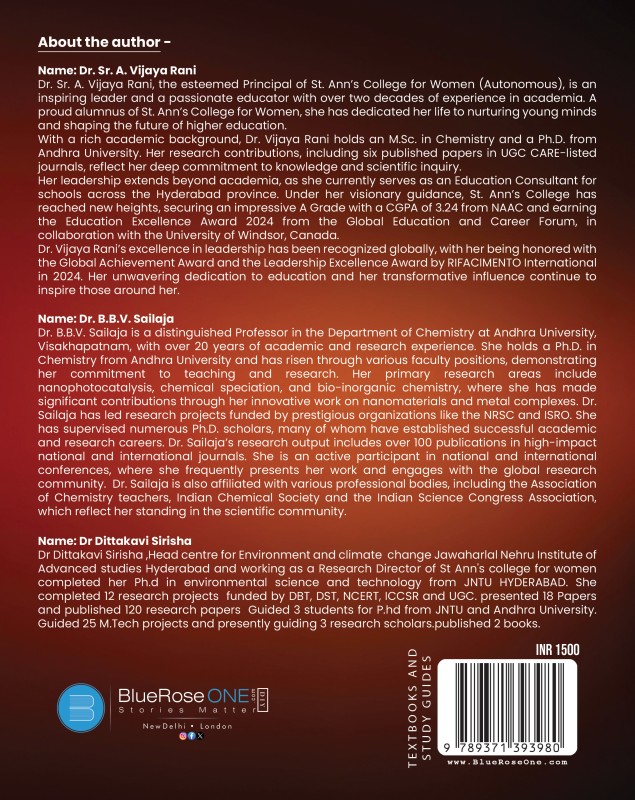Analysis of Arsenic in Groundwater of Hyderabad and Developing Controlling Technologies
by Dr Allam Vijaya Rani, DrB.V Sailaja Dr D.Sirisha | 05-Aug-2025
(0)
The thesis is divided into five chapters, Chapter I is an introductionto water pollution caused by natural and anthropogenic sources,particularly arsenic poisoning and its effects on human health,animal life, plants, and materials.The literature r...
Original
Books
Fastest
Delivery
7-day
Replacement
Book Details
- Language : English
- Pages : 402
- ISBN : 9789371393980
- Genre: FICTION
- Size : 7.5" x 9.25"
- Binding Type : HARDBOUND
- Age Group: + Years
- Paper Type : WHITE PAPER
- Interior : BLACK & WHITE
- Cover : MATTE FINISH
- Book Type : HARDBOUND
- Tags : bluerose publishers,alysis of Arsenic in industrial area s of Hyderabad and developing controlling technologies,r Allam Vijaya Rani,DrB.V Sailaja Dr D.Sirisha.
-
Best Sellers Rank :
#1727 in Academics
#10795 in Global
Reviews
There are no reviews for this product yet.

 USD
($)
USD
($) AUD
($)
AUD
($) CAD
($)
CAD
($) EUR
(€)
EUR
(€) HKD
($)
HKD
($) MYR
(RM)
MYR
(RM) GBP
(£)
GBP
(£) SGD
($)
SGD
($)








